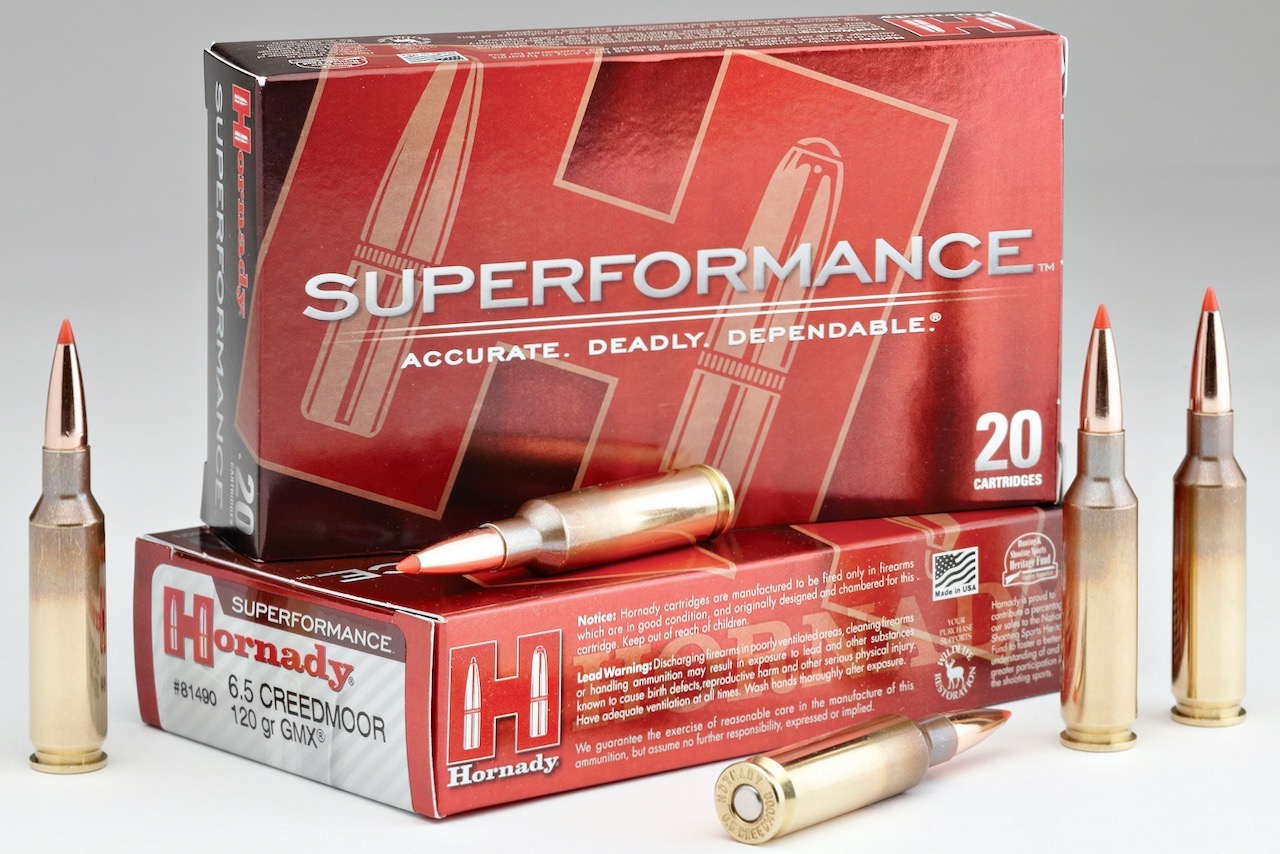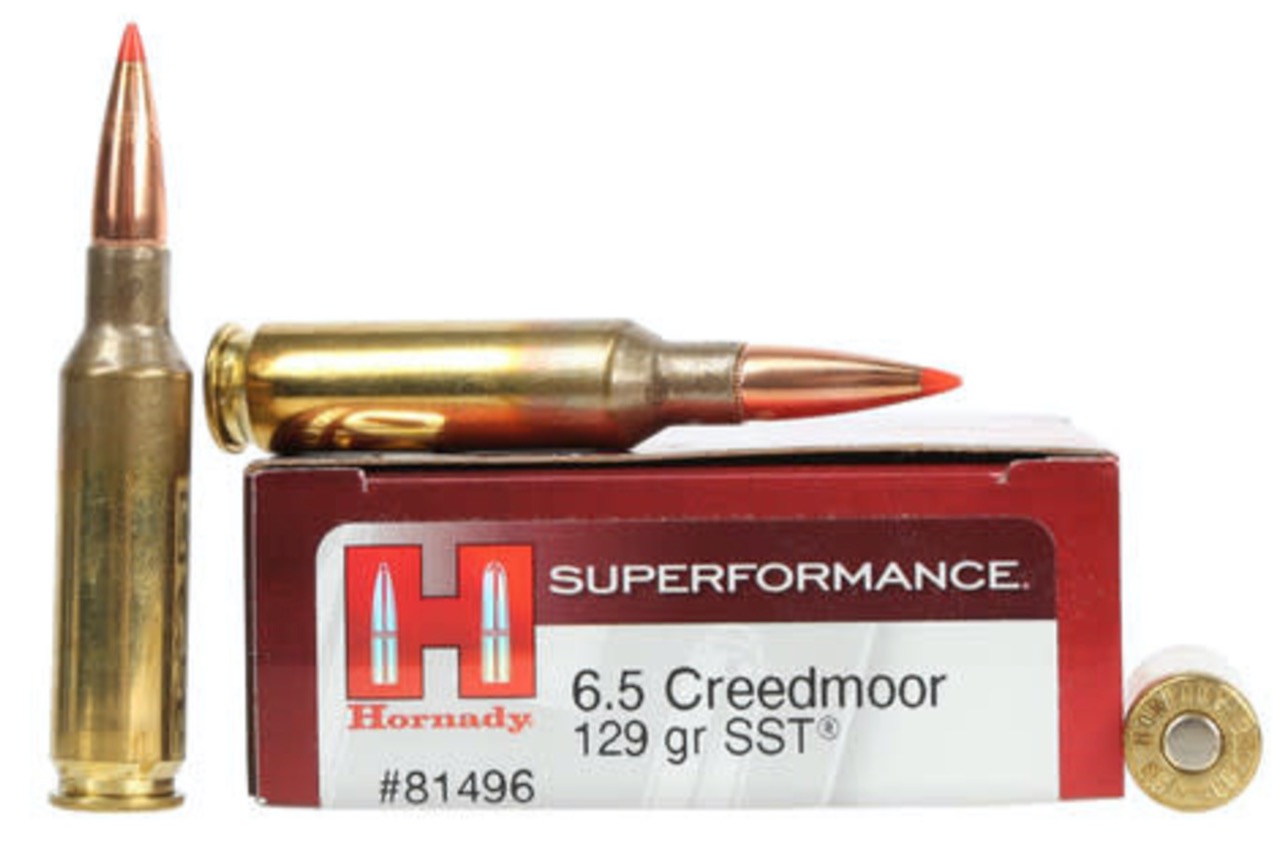CARTRIDGE CRAZE
Why the latest hunting round isn’t always the best new thing
Advertisement
THE 6.5 CREEDMOR
In 2007, the introduction of Hornady’s 6.5 Creedmoor (above) as a hunting round was a resounding success. It arrived on the scene amid great fanfare, with the outdoor press convincing us it was second only to Thor’s hammer in its ability to smite game at ungodly distances. It was touted as an efficient, light-recoiling round with a high ballistic coefficient that was well-suited for small- and medium-sized game at extended distances—and that was true. But was it really any better than other cartridges already on the market? Again, I’m not so sure, but it did inspire further introductions of 6.5 cartridges, most notably the 6.5 RPC.
Advertisement
Over the last seven or so years, we’ve also seen several new cartridges introduced in the sweet spot between the 6.5s and the .300s, including the 27 and 28 Noslers and Winchester’s 6.8 Western. Once again, ballistics suggest those are fine-performing rounds, but will they stand the test of time? That’s hard to say.
For all the hype surrounding the many newly introduced cartridges, the fact is they generally perform only marginally better than what’s already out there. Does a 10 per cent increase in velocity or downrange energy *really* make a meaningful difference? Probably not at the distances at which the vast majority of us shoot our game. That’s especially true in this era of better-than-ever bullets and optics that allow hunters to be more precise than many of us could have imagined only a few years ago.


